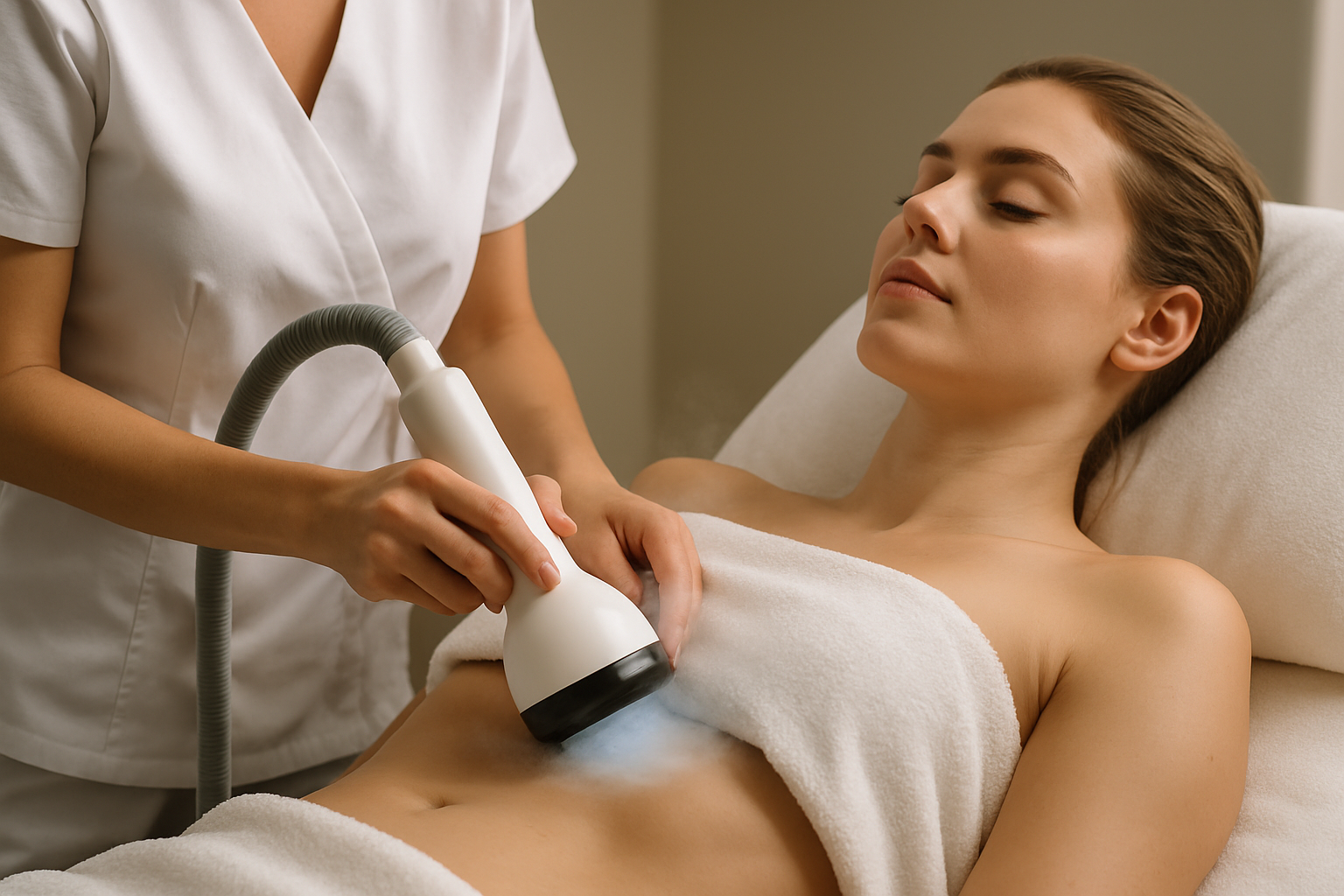Joint Injection Therapy: An Informational Overview of Cortisone, PRP, and Hyaluronic Acid Options
Joint injection therapy is often explored as a way to manage discomfort linked to arthritis and other inflammatory conditions. In 2025, several approaches such as cortisone shots, platelet-rich plasma therapy, and hyaluronic acid injections continue to be discussed for their potential roles in supporting joint function. Each method offers a different mechanism aimed at easing inflammation or improving mobility. This guide outlines how these therapies work, general benefits and limitations, and common considerations raised in clinical discussions.
Joint injection therapy represents a category of medical interventions designed to deliver therapeutic substances directly into joint spaces. These procedures are performed by qualified healthcare professionals and may be considered when other conservative measures have not provided adequate relief. The three main types of joint injections discussed here—cortisone, platelet-rich plasma, and hyaluronic acid—each have unique characteristics and applications in musculoskeletal care.
Understanding Joint Injection Therapy
Joint injection therapy involves using a needle to introduce specific substances into the joint space under sterile conditions. Healthcare providers may use imaging guidance such as ultrasound or fluoroscopy to ensure accurate placement. The procedure typically takes place in an outpatient setting and requires minimal preparation. Before any injection therapy, healthcare professionals conduct thorough evaluations including medical history review, physical examination, and often imaging studies to determine appropriateness. The selection of injection type depends on multiple factors including the specific condition being addressed, the joint involved, patient medical history, and treatment goals. Patients should discuss potential benefits, limitations, and considerations with their healthcare providers to determine whether injection therapy aligns with their individual circumstances.
Cortisone Injections and Their Role in Inflammation Management
Cortisone injections, also known as corticosteroid injections, contain synthetic versions of hormones naturally produced by the adrenal glands. These substances have powerful anti-inflammatory properties and work by reducing the immune system response in the targeted area. Healthcare providers may consider cortisone injections for conditions involving significant inflammation such as arthritis, bursitis, or tendinitis. The injection delivers concentrated medication directly to the affected joint, potentially providing localized benefit while minimizing systemic exposure compared to oral medications. Effects may begin within a few days, though the timeline varies among individuals. The duration of benefit also differs, with some people experiencing relief for weeks or months. Healthcare professionals typically limit the frequency of cortisone injections to specific joints due to considerations regarding repeated use. Patients should discuss the appropriate timing and frequency with their healthcare providers based on their specific situations.
Platelet-Rich Plasma (PRP) Therapy Insights
Platelet-rich plasma therapy involves using components from the patient’s own blood to potentially support healing processes. The procedure begins with drawing a blood sample, which is then processed in a centrifuge to concentrate platelets. Platelets contain growth factors and other bioactive proteins that play roles in tissue repair mechanisms. The concentrated platelet solution is then injected into the affected joint. PRP therapy is being explored for various musculoskeletal conditions, particularly those involving soft tissue or cartilage concerns. The rationale behind PRP centers on delivering concentrated growth factors directly to damaged tissues, potentially supporting the body’s natural healing processes. Research continues to evolve regarding optimal preparation methods, injection protocols, and specific applications. Response to PRP therapy varies considerably among individuals, and multiple sessions may be discussed as part of a treatment plan. Healthcare providers evaluate each case individually to determine whether PRP might be an appropriate consideration.
Hyaluronic Acid Injections and Joint Lubrication Support
Hyaluronic acid is a naturally occurring substance found in joint fluid that contributes to lubrication and shock absorption. Hyaluronic acid injections, sometimes called viscosupplementation, involve introducing this substance into joints where natural levels may be diminished. These injections are most commonly associated with knee concerns, though they may be used in other joints as well. The injected hyaluronic acid may help improve joint fluid properties, potentially supporting smoother movement and cushioning. Treatment protocols vary, with some formulations requiring a series of injections over several weeks, while others involve single-injection preparations. The onset and duration of any benefits can differ among individuals and depend on various factors including the specific product used, the joint involved, and individual patient characteristics. Healthcare providers consider multiple factors when determining whether hyaluronic acid injections might be appropriate for a particular situation.
Cost Considerations and Provider Comparisons
The cost of joint injection therapies varies significantly based on multiple factors including geographic location, healthcare facility type, insurance coverage, and the specific injection type. Understanding potential cost ranges can help patients prepare for discussions with healthcare providers and insurance companies.
| Injection Type | Typical Cost Range (USD) | Duration of Benefit | Number of Injections |
|---|---|---|---|
| Cortisone | $100 - $300 per injection | Weeks to months | Usually limited frequency |
| Platelet-Rich Plasma | $500 - $2,000 per session | Variable, months possible | Often 1-3 sessions |
| Hyaluronic Acid | $300 - $1,000 per injection | Several months | 1-5 injections per series |
Prices, rates, or cost estimates mentioned in this article are based on the latest available information but may change over time. Independent research is advised before making financial decisions.
Costs may include the injection procedure itself, imaging guidance if used, the therapeutic substance, and facility fees. Insurance coverage varies widely, with some plans covering certain injections for specific indications while considering others investigational or not medically necessary. Patients should verify coverage details with their insurance providers before proceeding. Out-of-pocket expenses can differ substantially depending on deductibles, copayments, and whether providers are in-network. Some facilities offer payment plans or financial assistance programs for patients facing cost barriers.
Preparing for Joint Injection Procedures
Proper preparation enhances the injection experience and may influence outcomes. Healthcare providers typically provide specific instructions tailored to individual circumstances. Patients may be advised to temporarily discontinue certain medications, particularly blood thinners, though this decision requires careful medical evaluation. Wearing comfortable, easily accessible clothing to the appointment facilitates the procedure. Some patients experience temporary soreness, swelling, or stiffness following injections, so planning for rest and avoiding strenuous activities for a day or two may be recommended. Ice application and over-the-counter pain relievers may be suggested for post-procedure comfort, though patients should confirm appropriate options with their healthcare providers. Follow-up appointments allow providers to assess response and determine whether additional interventions might be beneficial. Keeping detailed records of symptoms before and after injections helps track progress and informs future treatment decisions.
This article is for informational purposes only and should not be considered medical advice. Please consult a qualified healthcare professional for personalized guidance and treatment.




